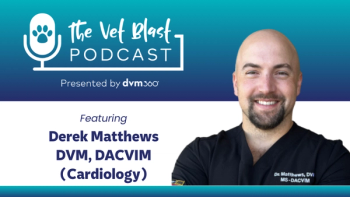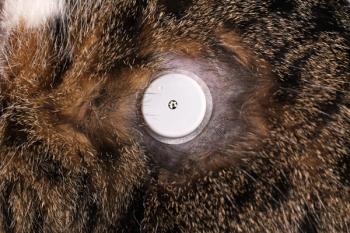In his own words
After Laennec presented his findings at the Académie de Médecine in 1819, use of the stethoscope was rapidly adopted by physicians across Europe and the United States. Before his death in 1826 at age 45, he called his invention ‘the greatest legacy of my life.' He described its origins in his book De l'Auscultation Médiate [On Mediate Auscultation]:
“I was consulted by a young woman laboring under general symptoms of diseased heart, and in whose case percussion and the application of the hand were of little avail on account of the great degree of fatness. The other method just mentioned [direct auscultation] being rendered inadmissible by the age and sex of the patient, I happened to recollect a simple and well-known fact in acoustics, … the great distinctness with which we hear the scratch of a pin at one end of a piece of wood on applying our ear to the other. Immediately, on this suggestion, I rolled a quire of paper into a kind of cylinder and applied one end of it to the region of the heart and the other to my ear, and was not a little surprised and pleased to find that I could thereby perceive the action of the heart in a manner much more clear and distinct than I had ever been able to do by the immediate application of my ear.”






